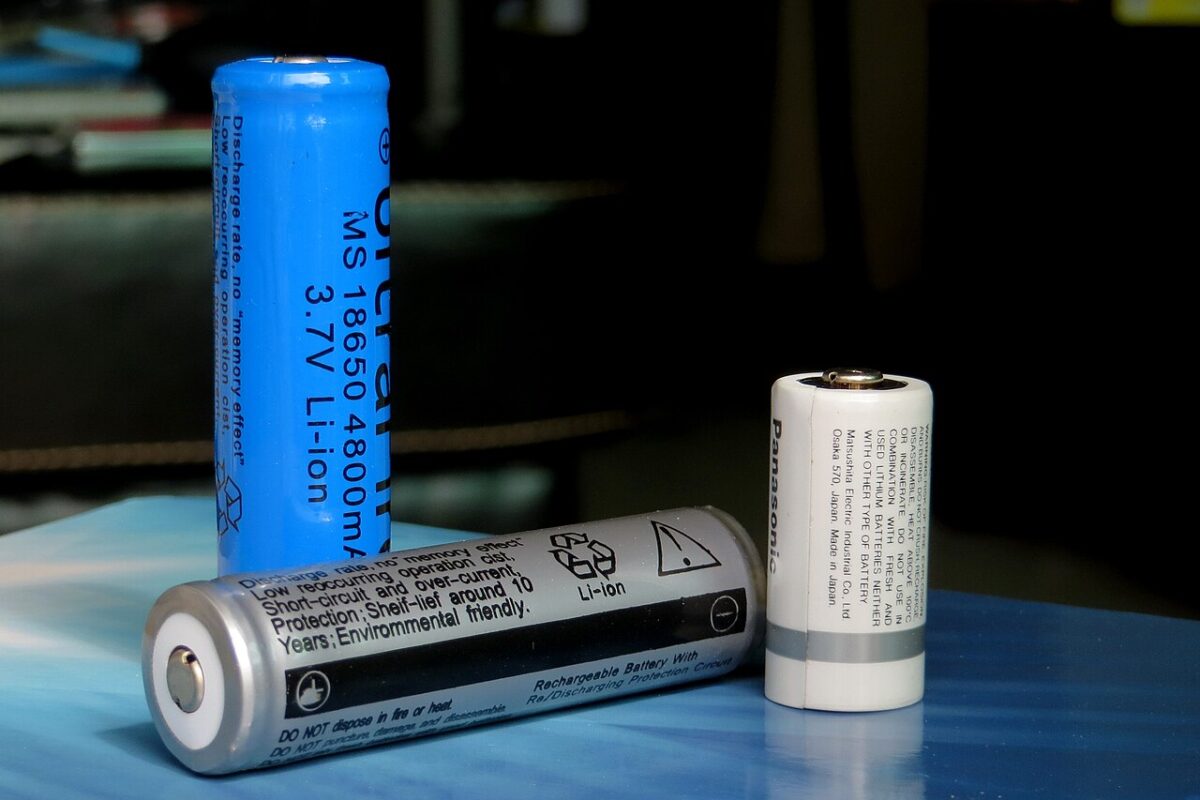Researchers from the University of Twente in the Netherlands and transmission system operator Tennet have conducted a five-year financial, technical, and environmental assessment of building-integrated PVs (BIPV) façade and have found that these systems perform better than expected.
The research team analyzed the performance of vertical façade PVs facing the south, east, and west during the period 2018-2023. These performance values were then compared to those of conventional “optimally oriented” rooftop PV systems.
All PV systems were modeled using the Sandia PV Array Performance Model (SAPM), with meteorological data from the municipality of De Bilt, central Netherlands. Silevo Triex-U300 Black 300 W panels were used in all of the cases. Dutch day-ahead electricity spot market prices were used to calculate the different matrices of the study.
The academics analyzed, in particular, the economic, environmental, and technical values achieved by the systems. The first measures the economic worth of PV electricity relative to average market prices, while the second measures how much pollution the PV system prevents by generating clean energy instead of using fossil fuels. The last metric refers to how well the PV system integrates with the electricity grid and meets local energy needs.
The analysis showed that south, east, and west PV façades reduced 1,725, 1,492, and 1,335 kilograms of CO2 emissions per kW, while the reference set up with optimally oriented PV modules reduced 2,434 kilograms of CO2 emissions per kW. Compared to 2018 levels, the value factor for optimally oriented PV decreased to 0.73 in 2023, while the value factor for the east façade and west façade stood at 0.87 and 0.84, respectively.
“We do see a decline of the value factor of PV over time, although this decline is at a lower pace than was predicted in scientific literature,” the scientists said. “Interestingly, east and west façade PV show even lower decline rates, and thus an increasing economic performance compared to optimally-oriented PV. This showcases the increasing attractiveness of orientations that divert from the optimum.”
The scientists concluded by saying that public incentives for solar energy should be conceived to deploy a more optimal mix of PV tilts and orientations. “Integrating solar panels on the façade leads to much lower pressure on the grid because of higher self-consumption ratios and lower peak feed-in, compared to the optimally oriented PV,” they stated.
Their findings were presented in “PV on façades: A financial, technical and environmental assessment,” published in Energy & Buildings.
This content is protected by copyright and may not be reused. If you want to cooperate with us and would like to reuse some of our content, please contact: editors@pv-magazine.com.



By submitting this form you agree to pv magazine using your data for the purposes of publishing your comment.
Your personal data will only be disclosed or otherwise transmitted to third parties for the purposes of spam filtering or if this is necessary for technical maintenance of the website. Any other transfer to third parties will not take place unless this is justified on the basis of applicable data protection regulations or if pv magazine is legally obliged to do so.
You may revoke this consent at any time with effect for the future, in which case your personal data will be deleted immediately. Otherwise, your data will be deleted if pv magazine has processed your request or the purpose of data storage is fulfilled.
Further information on data privacy can be found in our Data Protection Policy.